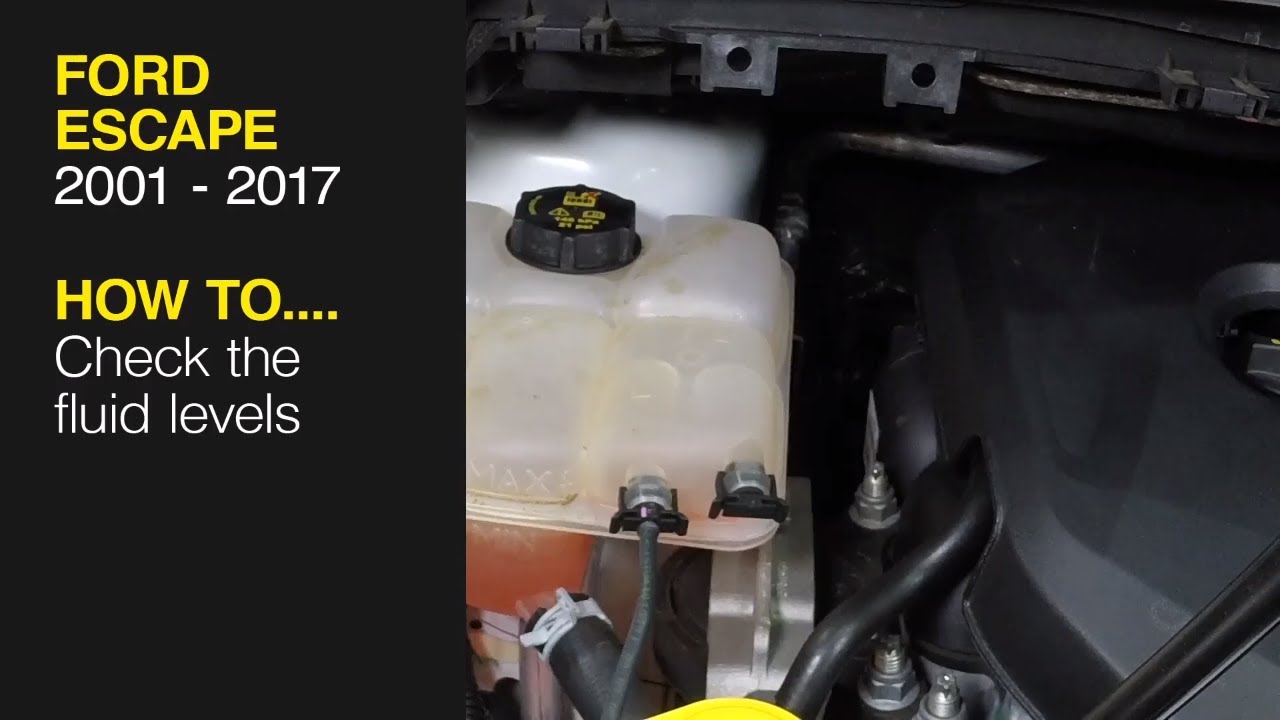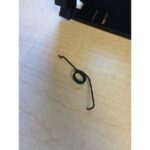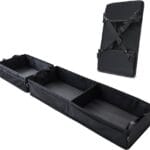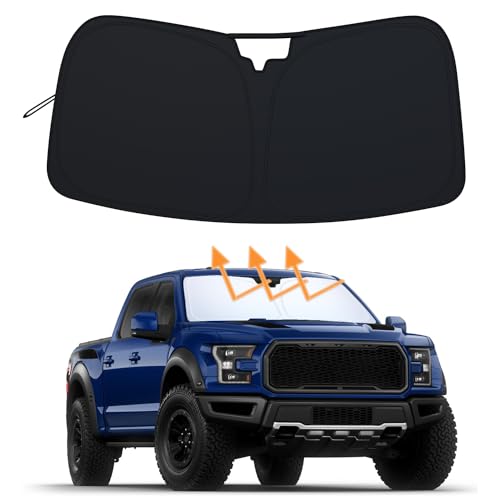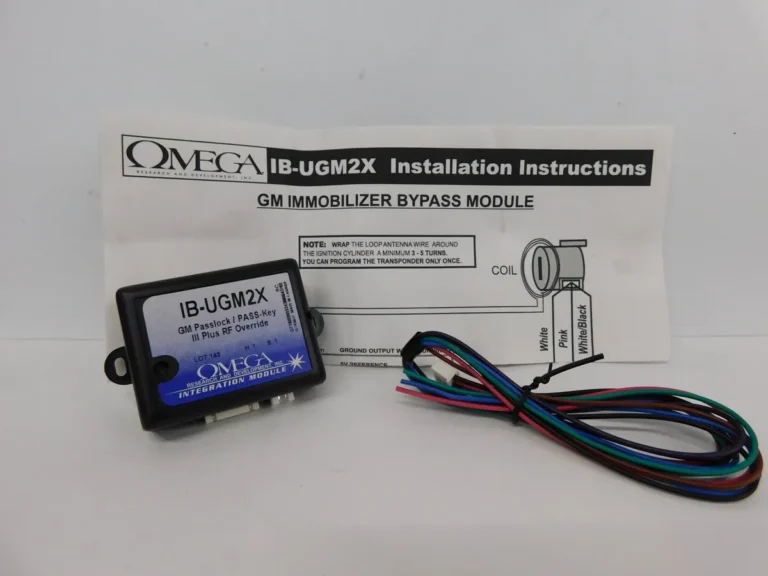How To Check Transmission Fluid 2013 Ford Escape
If you drive a 2013 Ford Escape, keeping an eye on your transmission fluid is essential to vehicle maintenance. Transmission fluid is critical for maintaining the transmission’s components lubricated, cooled, and functioning properly. Without enough fluid, or with dirty fluid, you might face problems such as hard shifting, slipping gears, or even transmission failure.
But how do you check the transmission fluid on a 2013 Ford Escape? The process is a bit different from some other vehicles, but with the right steps, you can easily ensure your transmission fluid is at the proper level and in good condition.
Key Takeaways
- Check when hot.
- Park on a level surface.
- Locate fill plug on driver’s side.
- Remove plug and check fluid level.
- Add fluid if needed (correct type).
- Replace plug securely.
- Consult a mechanic if concerned.
Why Transmission Fluid Matters

Transmission fluid is like the lifeblood of your vehicle’s transmission. It performs multiple vital functions:
- Lubrication: The fluid helps reduce friction between the moving parts inside the transmission.
- Cooling: It prevents overheating by keeping the transmission’s temperature down during operation.
- Shifting: It helps your transmission smoothly shift gears as you drive.
Without enough transmission fluid, or if the fluid becomes contaminated, your transmission may begin to show signs of stress or wear. That’s why regular checks are necessary to avoid major repairs down the road.
Does the 2013 Ford Escape Have a Dipstick?
Unlike older vehicles, many modern cars, including the 2013 Ford Escape, do not come with a traditional transmission fluid dipstick. Instead, Ford uses a sealed transmission system, which means checking the transmission fluid isn’t as simple as popping the hood and pulling out a dipstick. However, with the proper steps, you can still check your transmission fluid, though it may require a bit more effort.
Steps to Check the Transmission Fluid in a 2013 Ford Escape
Here’s how to check the transmission fluid on your 2013 Ford Escape:
1. Gather the Necessary Tools
Before getting started, make sure you have the following tools on hand:
- A floor jack or ramp to safely lift the vehicle
- Jack stands to secure the vehicle while you’re working
- Gloves to protect your hands from hot components
- A fluid pump (if you need to add transmission fluid)
- Transmission fluid (if a refill is necessary)

2. Warm Up the Engine
Transmission fluid expands as it heats up, so you’ll need to check the fluid when the vehicle is at its normal operating temperature. To do this, start your car and let it idle for about 5-10 minutes, or take it for a short drive around the block. This ensures the transmission fluid reaches the right temperature for an accurate reading.
3. Lift the Vehicle
Once the engine is warmed up, you’ll need to lift the car. Because the 2013 Ford Escape doesn’t have an accessible dipstick, you’ll be checking the fluid from underneath the vehicle.
- Use a floor jack or ramps to lift the vehicle.
- Secure the vehicle with jack stands to ensure it remains stable while you work underneath.
4. Locate the Transmission Fluid Check Plug
On the 2013 Ford Escape, the transmission fluid level is checked via a fill plug located on the side of the transmission. Here’s how to find it:
- Slide under the vehicle and locate the transmission pan (usually positioned on the driver’s side).
- The check plug will be on the transmission housing, typically near the CV axle.
You may need to consult your owner’s manual or look up a diagram to get a clearer idea of where this check plug is located.
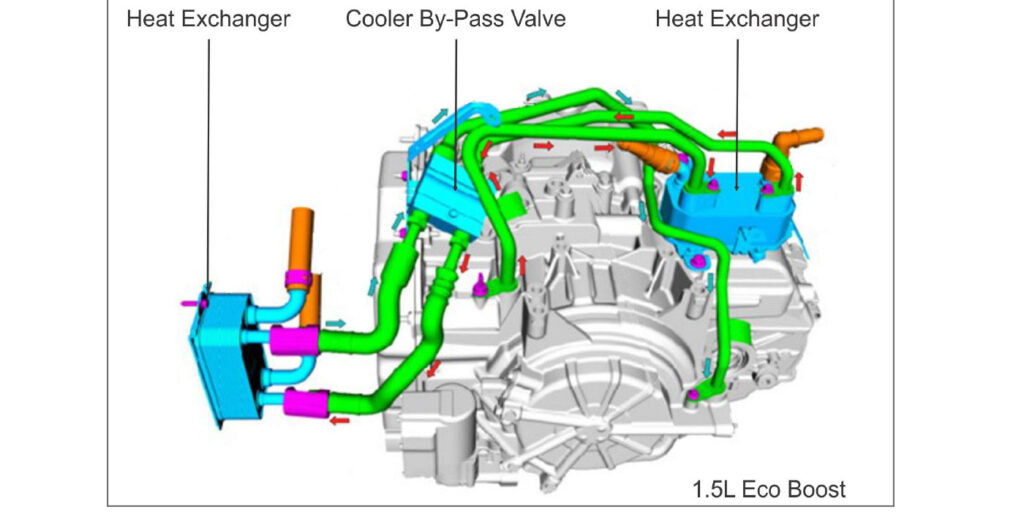
5. Remove the Check Plug
Once you’ve located the plug, use a wrench to carefully remove it. Be cautious, as some fluid may drip out when you remove the plug.
- If no fluid comes out, the level may be low.
- If fluid starts to drip immediately, the level is likely adequate.
6. Check the Fluid’s Condition
As the fluid drips out, take a moment to observe its condition:
- Color: Transmission fluid should be bright red. If it appears dark brown or has a burnt smell, it’s time to change the fluid.
- Consistency: The fluid should be smooth and relatively thin. If it feels thick, gritty, or contains debris, it may be contaminated and should be replaced.
7. Add Fluid if Necessary
If no fluid comes out, or the level seems low, you’ll need to add more. To do this:
- Use a fluid pump to add the appropriate transmission fluid (consult your owner’s manual for the correct type) through the check plug hole.
- Add small amounts at a time, checking the level frequently.
- Once fluid begins to drip out of the check plug hole, stop adding.
8. Reinstall the Plug and Lower the Vehicle
Once the transmission fluid level is correct, carefully reinstall the check plug. Make sure it’s securely tightened to prevent any leaks.
- Lower the vehicle using the jack, ensuring it’s back on level ground.
- Take the car for a short test drive to make sure everything is functioning smoothly.
When to Check Transmission Fluid on a 2013 Ford Escape
Ford recommends checking the transmission fluid on the Escape every 30,000 to 60,000 miles, depending on your driving conditions. If you frequently drive in stop-and-go traffic, tow heavy loads, or operate in extreme temperatures, it’s a good idea to check the fluid more often.
Signs Your Transmission Fluid Needs Attention
Knowing when to check your transmission fluid isn’t always easy, but there are certain signs to watch out for that indicate it may be time to take a look:
1. Rough or Delayed Shifting
If you notice that your Escape is slow to shift gears or shifts roughly, it could be a sign that the transmission fluid is low or dirty.
2. Transmission Slipping
When the transmission fluid is low, the transmission may start to slip, causing the vehicle to fall out of gear while driving.

3. Unusual Noises
If you hear strange noises like clunking, grinding, or whining when shifting, it may be due to insufficient transmission fluid.
4. Overheating Transmission
Transmission fluid helps keep the transmission cool. If the fluid is low, you may experience overheating, which could result in a dashboard warning light.
5. Leaking Fluid
If you notice red or brown fluid leaking under your vehicle, it’s important to check the transmission fluid level right away, as this could indicate a leak in the system.
Conclusion: Keeping Your Transmission in Top Shape
Regularly checking the transmission fluid in your 2013 Ford Escape is key to ensuring your transmission runs smoothly and lasts for many miles to come. Although it may require getting under the vehicle and using a bit more effort than with older models, keeping track of your fluid level can save you from costly repairs in the future.
For more automotive tips, advice, and detailed guides, visit Road Momentum—your trusted source for all things Ford and more!

